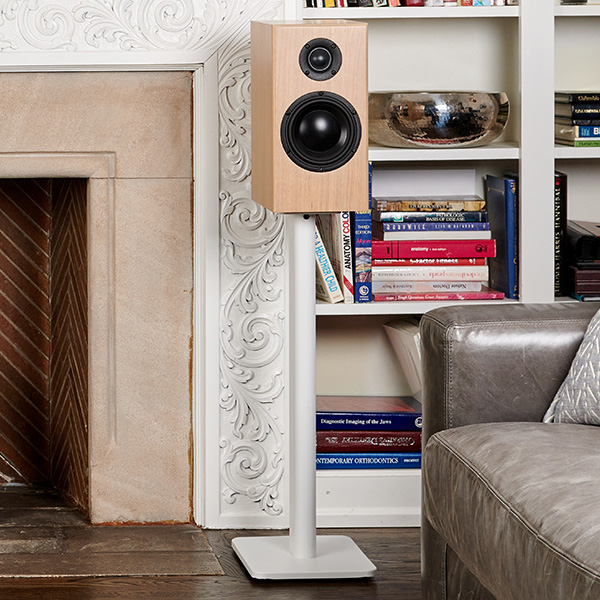
If you’ve ever sat down to play Pink Floyd’s Wish You Were Here, or Radiohead’s In Rainbows, and felt something stirring that you couldn’t quite put into words, you already know music is more than just background noise. For audiophiles, it’s an immersive experience — a journey through tone, emotion, and sonic craftsmanship. But becoming a better music listener isn’t about having the most expensive system or collecting rare vinyl pressings. It’s about learning how to listen.
In this article, we’ll explore how to elevate your listening sessions by training your ears and paying closer attention to the subtle elements that make your favorite tracks truly come alive. Whether you’re diving into Miles Davis’ Kind of Blue or soaking in the layers of Daft Punk’s Random Access Memories, here are the key sonic aspects to focus on.
Tonal balance refers to how evenly the frequencies are presented across the spectrum—from low bass to shimmering highs. In a well-balanced track, no frequency band overshadows the others. Listen to Fleetwood Mac’s Dreams and notice how Stevie Nicks’ voice sits comfortably between the thumping kick drum and the gliding cymbals. It’s a masterclass in tonal balance.
Try playing a range of music—from classical symphonies to Kendrick Lamar’s To Pimp a Butterfly — and ask yourself: do the highs sparkle without being shrill? Do the mids carry warmth and clarity? Does the bass support the rest without overwhelming it?
This is all about the vantage point the mix offers. Some recordings place you right in front of the band, while others seat you in the tenth row of a concert hall. Try listening to Norah Jones’ Come Away With Me and ask yourself: does it feel intimate and close, or does it give the sensation of a larger space?
Training yourself to hear this can deepen your connection with a track. You’re not just listening to the music; you’re listening inside it.
These three frequency ranges define the shape and color of what you hear:
Good listening means being able to isolate and appreciate each range without losing the big picture.
Ever close your eyes and feel like the instruments are floating around you? That’s soundstaging. A great mix places vocals dead center, guitars off to the left or right, and ambient elements floating above or behind.
Play Dire Straits’ Brothers in Arms and pay attention to how the guitar and drums inhabit the space. Or try Hans Zimmer’s film scores and let the orchestration wrap around you. The better your ability to sense spatial cues, the more immersive the experience.
Dynamics give music its emotional impact. It’s the contrast between a whisper and a roar. One moment you’re lulled by a gentle piano riff; the next, you’re blown away by a full band entrance.
Listen to the rise and fall in Jeff Buckley’s Lover, You Should’ve Come Over. It’s not just about volume—it’s about intensity. Good dynamics keep you engaged and emotionally invested.
Great recordings reward close listening. Maybe it’s the breath between phrases, the brush of a drumstick, or the subtle resonance of a room.
Give a spin to Tracy Chapman’s Fast Car or Leonard Cohen’s You Want It Darker. Details like guitar fingering, vocal inflection, and ambient studio noise can transform a passive listen into an emotional experience.
This is the toe-tapping, head-nodding aspect of music that makes it feel alive. PRaT is hard to define but easy to recognize when it’s there.
Try David Bowie’s Let’s Dance or Talking Heads’ Once in a Lifetime. Do you feel the urge to move? Does the music swing, flow, and breathe? That’s PRaT doing its thing.
Musicality is the most abstract but perhaps most important quality. It’s the emotional and artistic essence of a performance. It’s when the technical elements fuse into something truly expressive and moving.
For this, listen to Nina Simone’s I Put a Spell on You or Bill Withers’ Ain’t No Sunshine. Great musicality can make you cry, smile, or remember something long buried.
Becoming a better music listener is a journey, not a destination. The more you train your ears and open your mind to what each recording offers, the more music gives back to you.
So next time you sit down to listen, turn off distractions, close your eyes, and immerse yourself. You might hear something you’ve never noticed before.
If you enjoyed this article and want to continue exploring the art of listening, be sure to check out more articles in our News + Reviews section: https://totemacoustic.com/news-and-reviews
Happy listening!
Share this article with your friends!
